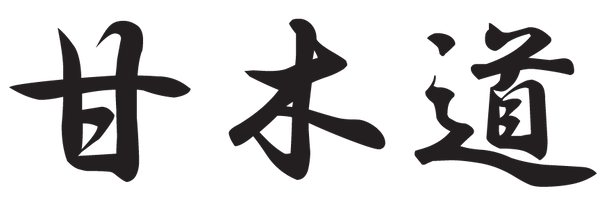Kiriko Vase Hiroaki Ichino
Kiriko Vase Hiroaki Ichino
Couldn't load pickup availability
"KIRIKO Vase by Hiroaki Ichino"
Height: 16.5 cm Width: 14.0 cm
I. Overview of the Work - An Encounter Between Pottery and Lacquerware
This work, "KIRIKO Vase by Ichino Hiroaki," is an extremely rare vase that combines the simple, powerful earthiness of Tamba Tachikui ware with the luster and durability cultivated by Japanese lacquer art. After firing, the ceramic body is coated with multiple layers of lacquer, and geometric patterns similar to cut glass are carved all over the surface to create a deep blue color that combines the ceramic body, lacquer, and light. This is a masterpiece that truly embodies the "simultaneous progression of tradition and innovation."
II. Beauty of Form - Three-dimensional patterns reminiscent of starry skies
As you can see, the pattern that covers the entire body is based on a hexagon and is made up of a relief of blossoming stars. This design is a transfer of cut patterns such as "chrysanthemum connection" and "bamboo leaves" used in Edo Kiriko glass onto the ceramic body, and the shadows change in complex ways depending on the angle of the light, evoking the twinkling stars in the night sky. When you touch it, the fine unevenness feels comfortable on your fingertips, providing a rich experience both visually and tactilely.
III. Color Expression - From jet black to indigo, from indigo to ultramarine
The base layer is lacquer, and metallic pigments and transparent lacquer are layered on top of it, creating a gradation from an almost black indigo color around the outside to a pale ultramarine color around the shoulders and rim. The deep luster of the lacquer blends with the light diffusely reflected by the cut surfaces, and depending on the angle, it can look like the deep sea or the sky before dawn - this is the greatest charm of the "KIRIKO Vase."
IV. Explanation of techniques - Carrying on the spirit of Tamba Tachikui ware
Tamba Tachikui ware has a history of over 800 years, and is known for the "ash-covered" scenery produced in climbing kilns and the simple forms created by the left-handed rotating potter's wheel. This work uses clay from this traditional production area and adopts the "ceramic lacquerware" technique, in which lacquer is applied after firing.
Base shaping : The piece is turned into a neat egg shape on a left-handed kick wheel, and then bisque fired and final fired to form a robust clay body.
Lacquer coating : Transparent lacquer and ultramarine pigment are applied alternately, for a total of five layers including the undercoat and top coat.
Carving process : After drying, one side is carved with a cut chisel to create sharp edges for the pattern.
Polishing and finishing : The gloss is adjusted with charcoal and deer antler powder, and finally a thin layer of raw lacquer is rubbed in to bring out the color.
It is rare for the same artist to perform both lacquering and carving, and this work demonstrates Ichino Hiroaki's unique and highly advanced multi-craftsmanship.
Ⅴ. Hiroaki Ichino Artist profile
Born in 1977 in Tanba Sasayama, Hyogo Prefecture
2001 Graduated from Kyoto City University of Arts, Department of Crafts, Majoring in Ceramics
In 2003, he returned to Tanba and took over the family pottery business, while at the same time self-studying lacquer art.
2012: Won the Grand Prize at the Hyogo Prefectural Art Exhibition for the "Ceramic Lacquer Kiriko Series"
Exhibited at Maison & Objet Paris in 2020 and highly praised by overseas collectors, he explores the fusion of ceramics and lacquer art based on his belief that "earth and tree sap (lacquer) are products of the same earth."
Ⅵ. The pleasure of using and appreciating
As a flower vase : The opening is moderately narrow, so it can hold anything from a single flower to small branches. When combined with white or pale purple flowers, the blue gradations stand out even more.
As a decorative item : When placed near a light source, the facets will shine like stars, creating a striking accent in the space.
The beauty of ageing : The more lacquer is used, the more oxidation polymerization takes place, increasing its luster and transparency. You can also enjoy the changes in color over the course of several years or even decades.
VII. Collection value
Ceramic lacquerware can be restored and the lacquer surface can be repainted, making it an asset that can be passed down through generations. In addition, works that combine the three elements of Tamba Tachikui ware - earthenware, lacquer art, and cut glass carving - are extremely rare on the market and are attracting attention from galleries both in Japan and abroad.
"KIRIKO Vase by Ichino Hiroaki" is a unique work of art that crystallizes the spirit of 800 years of history, Tamba Tachikui ware, and the best of Japanese lacquer art in a modern design. The moment you put flowers in it, or the moment you gaze upon it, the deep blue of the universe will appear, leading you from the ordinary to the extraordinary. Please enjoy a special time with this starry sky-like vase in your home or gallery.
Share
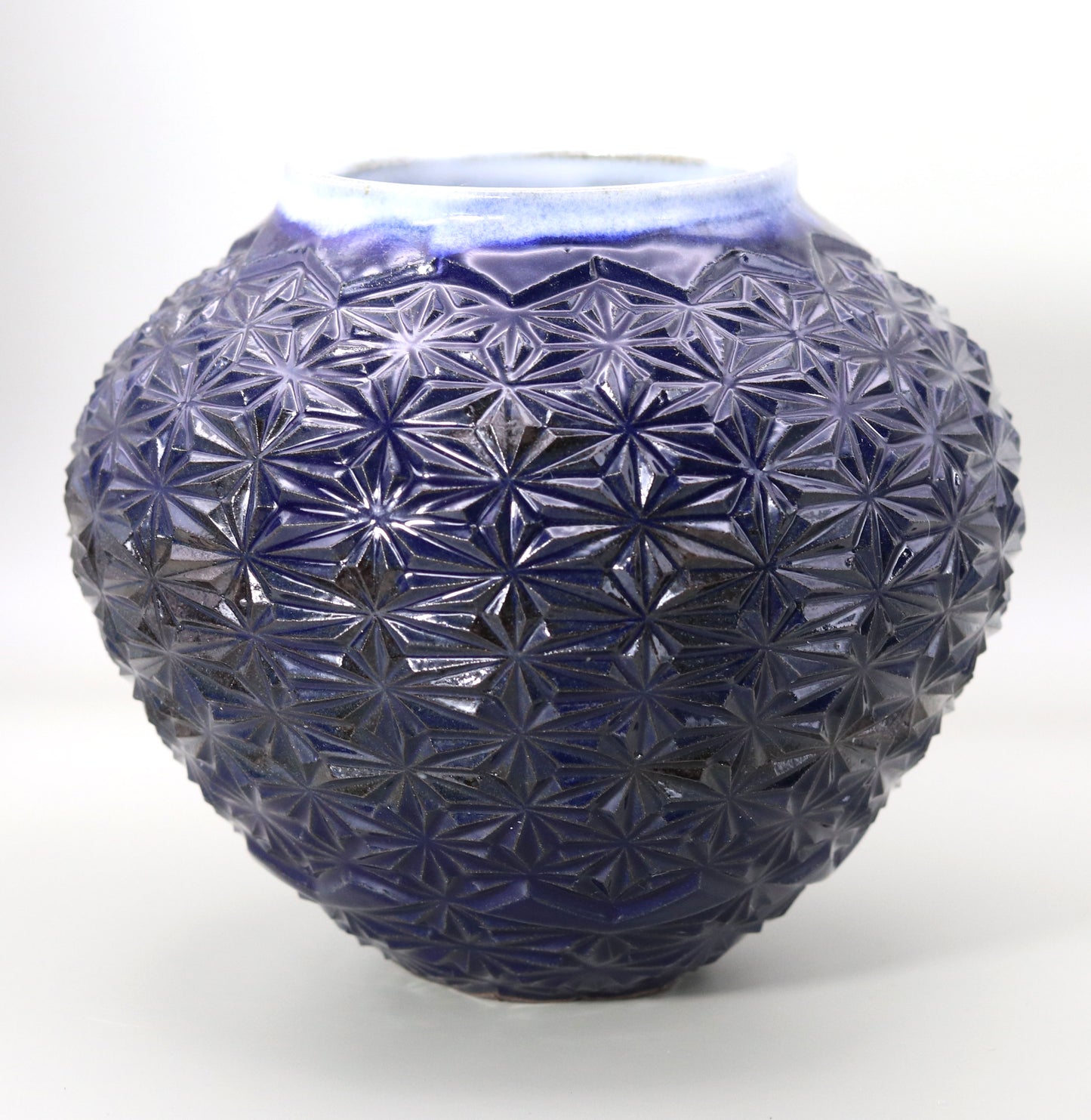
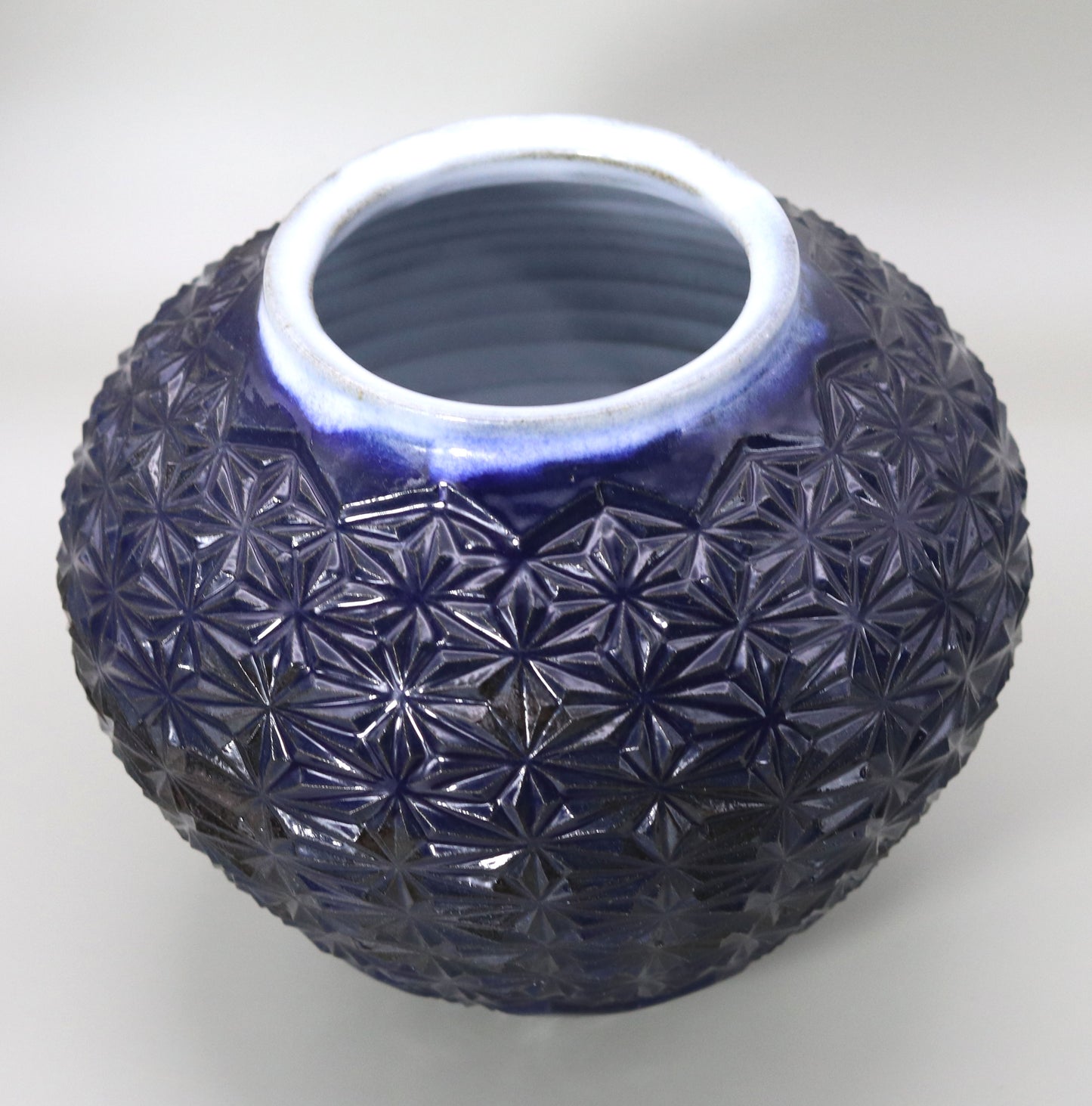
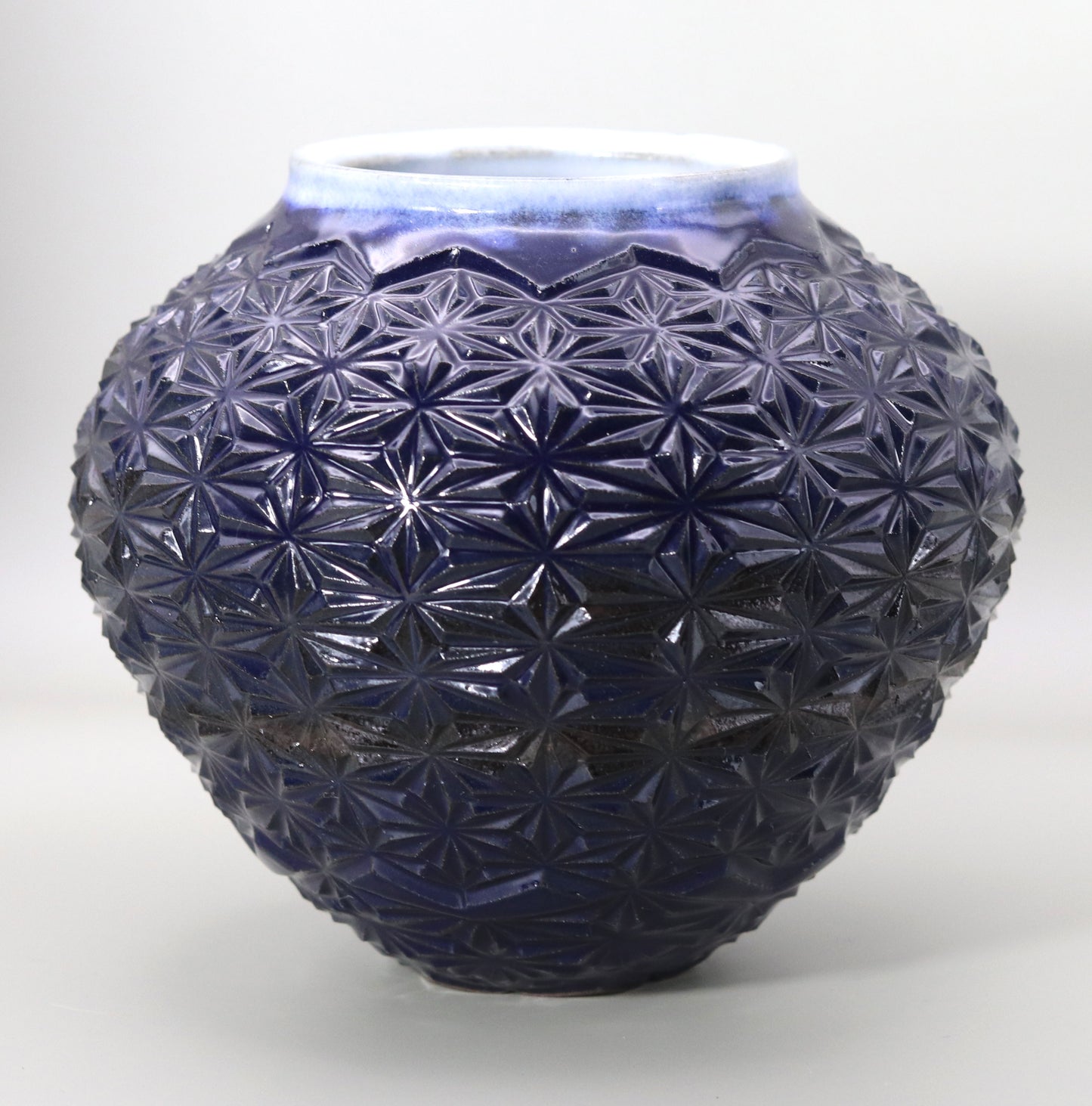
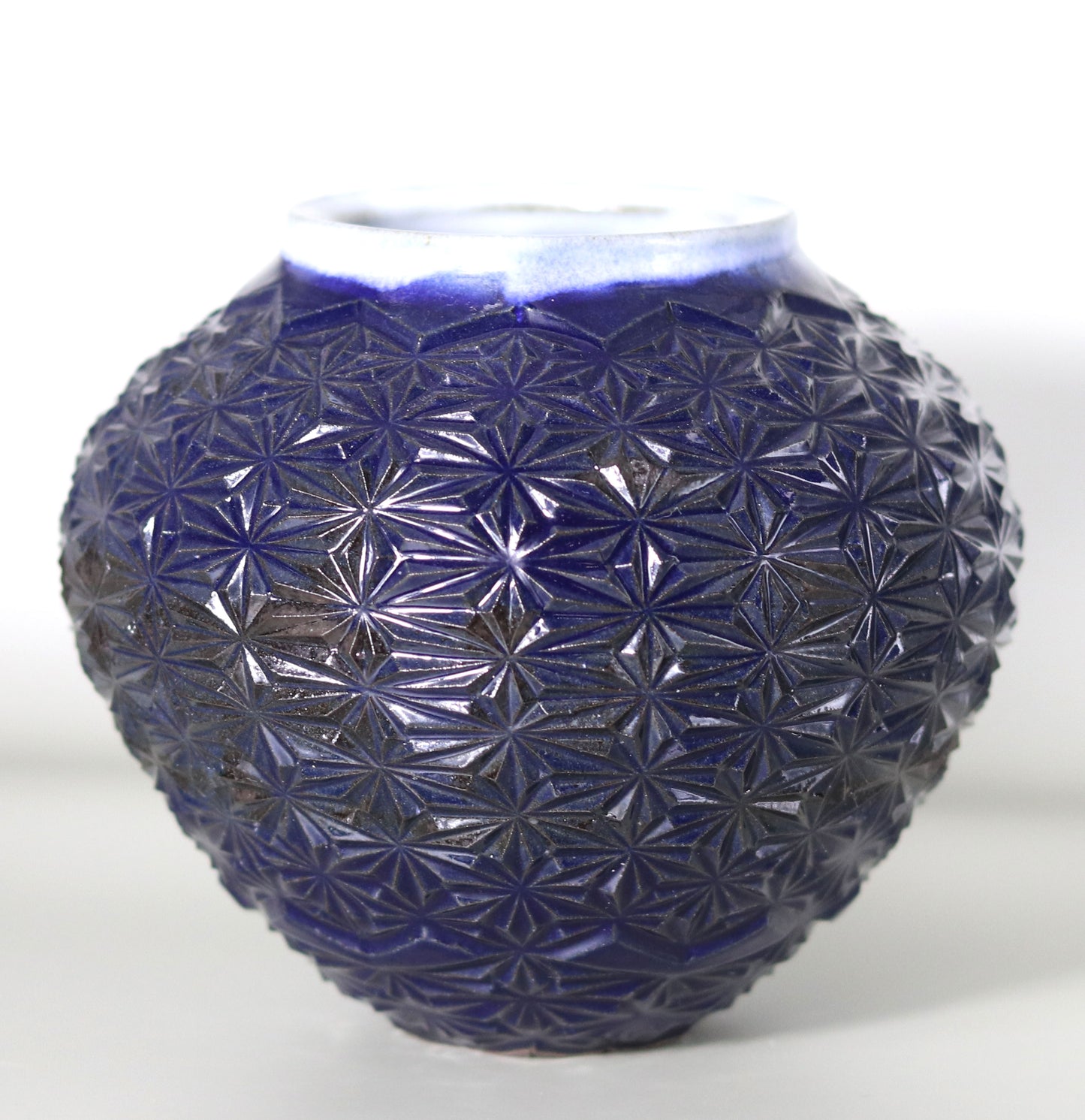
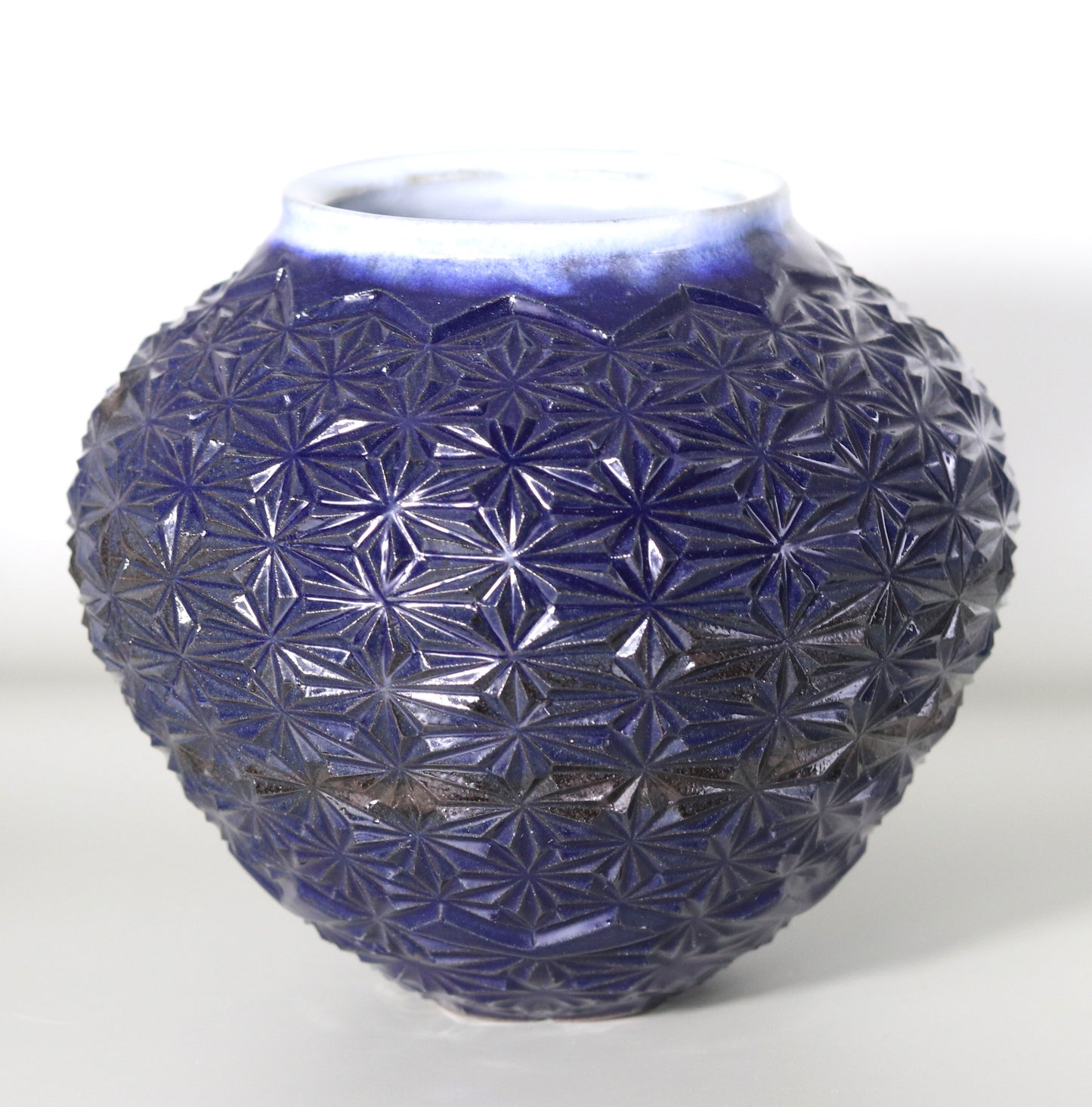
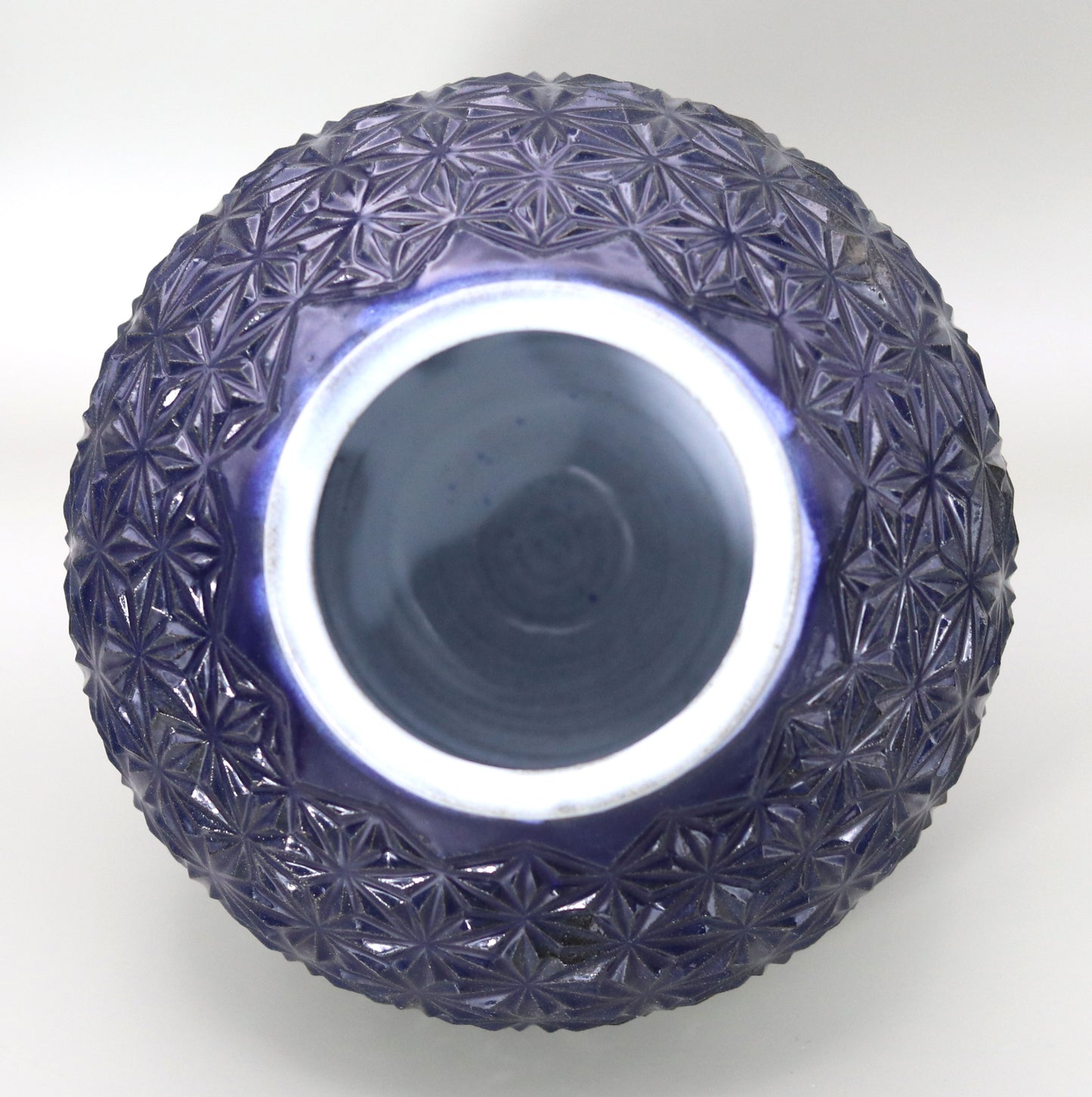
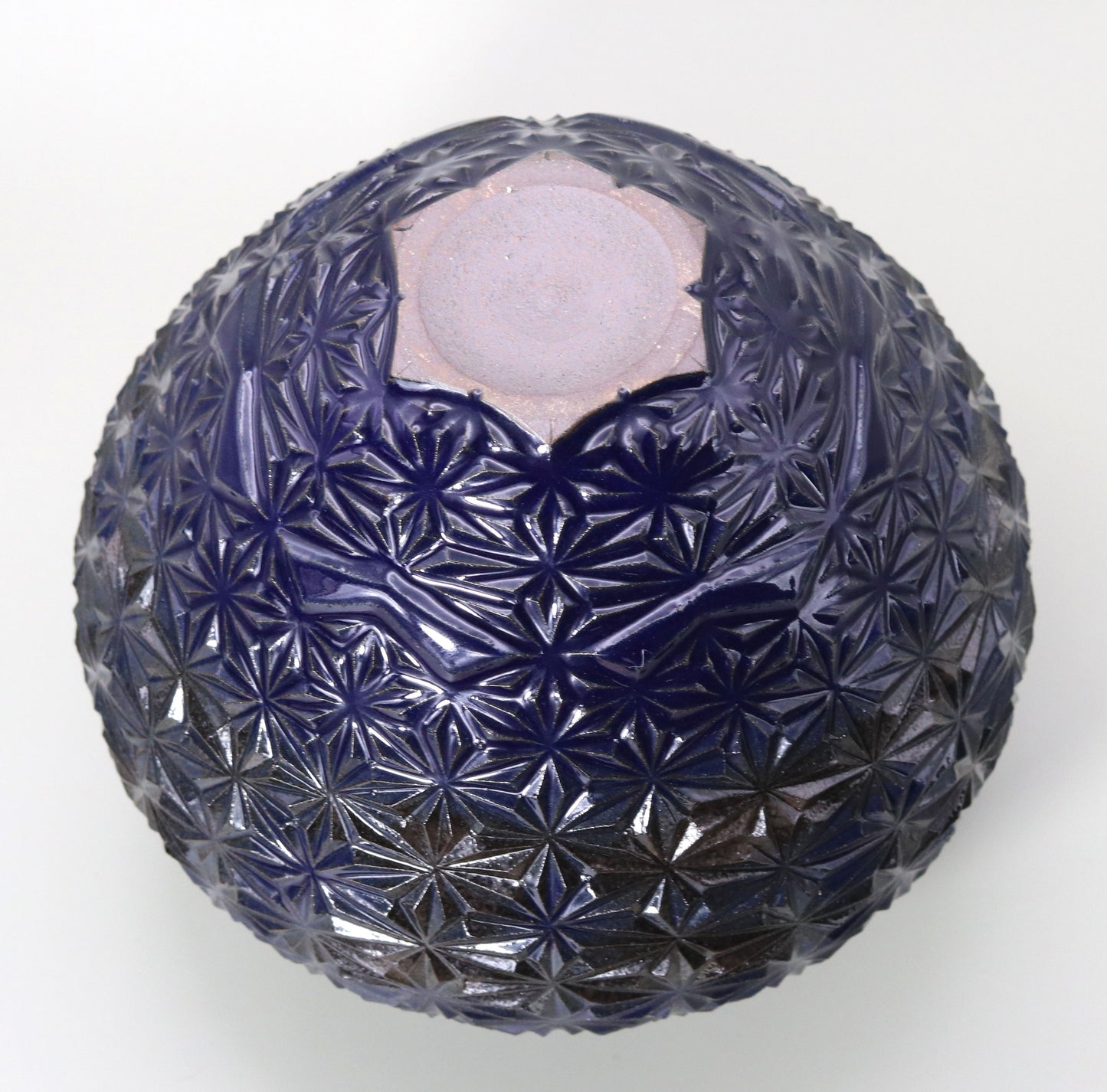
Multi-Column
-
[I will send it to you quickly and carefully]
We carefully package each product in a way that suits it best.
Also, delivery times vary depending on the piece (vessel, etc.).
Items that already come with a box will be shipped within 1-3 days of the order date.
For items that require a box to be made after your order, it will take approximately 30 days for production to be completed and then shipped.
In either case, once we have confirmed your order, we will contact you by email to inform you of the delivery date.
-
[Requests when purchasing pottery]
Even products that look the same may differ slightly in color, shape, size, etc.
The way the glaze is used, the power of the kiln, the firing method, the season, and the humidity also affect the appearance of the pottery.
Please understand the individuality of each piece of pottery and enjoy the unique warmth of handmade.
